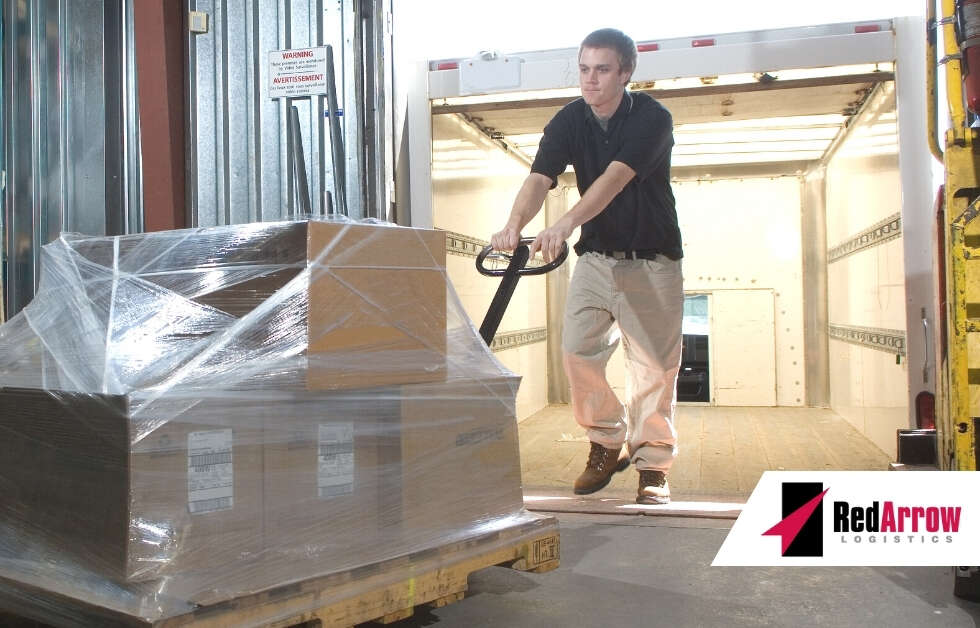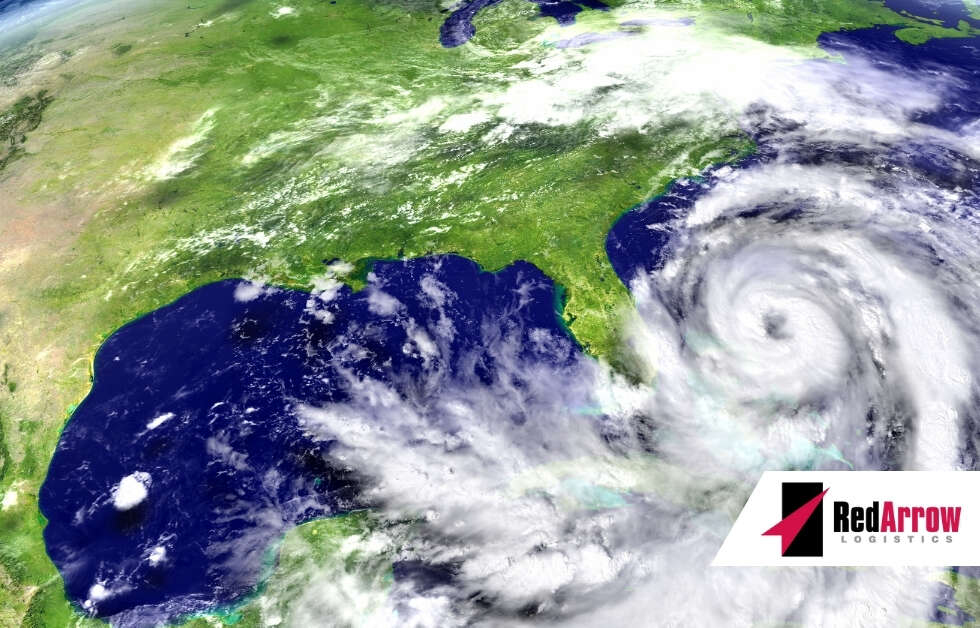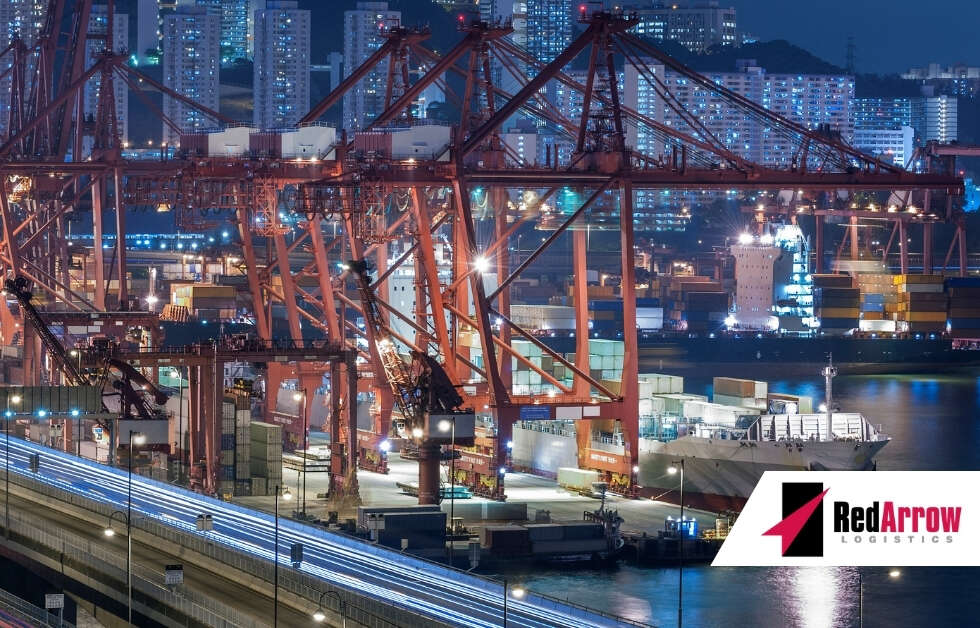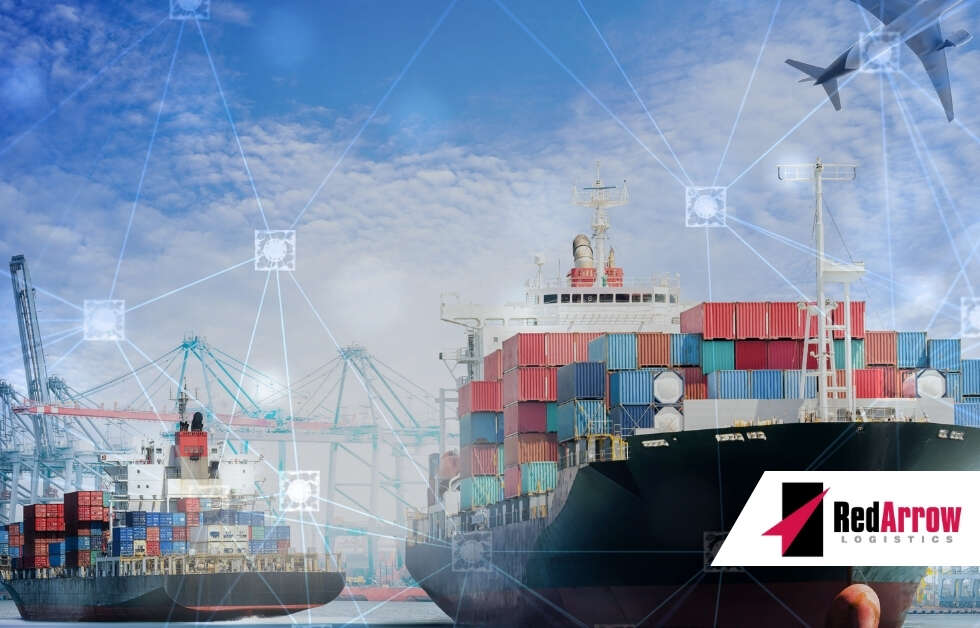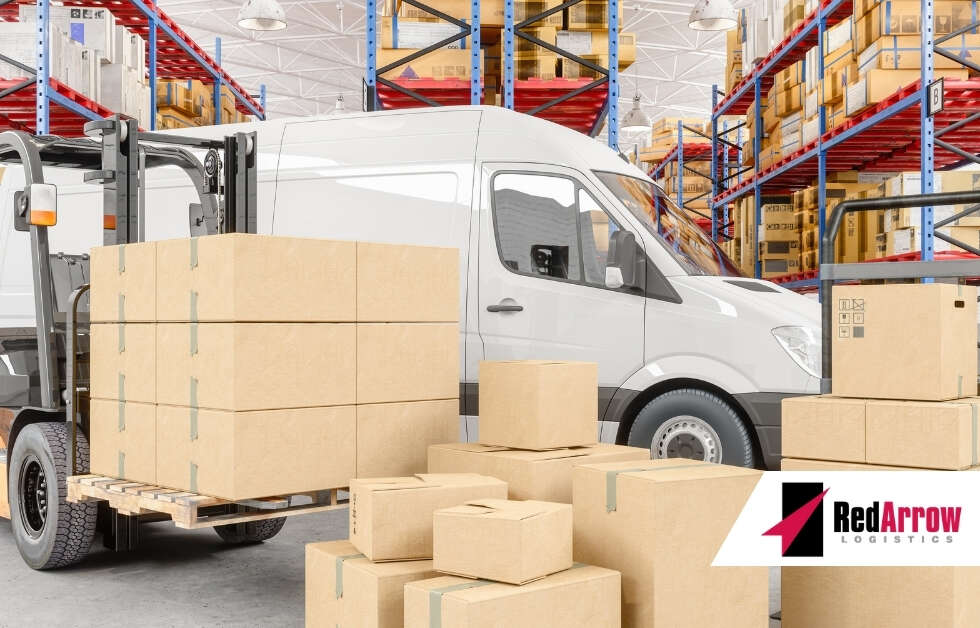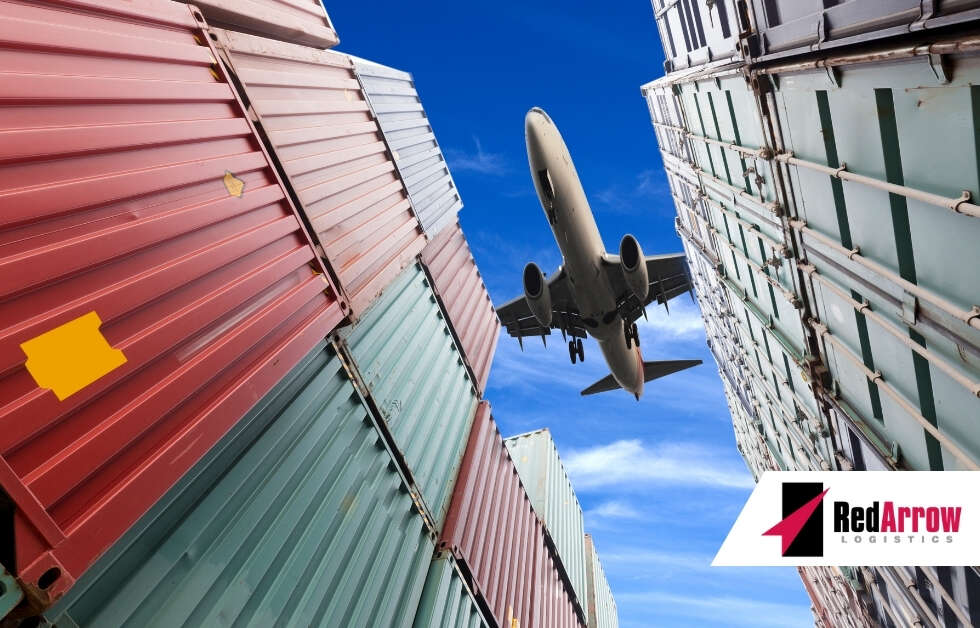Less than truckload (LTL) is a cost-efficient way to ship smaller parcels that do not require a full truck. However, it can be a challenge for shippers to manage–shipment delays and disruptions are often prevalent. There are a few strategies that can be implemented to improve the efficiency of LTL, which will not only increase […]
Hurricane season is in full swing, and it is expected that this year will bring above-normal storm activity. In order to prevent disruptions to your supply chain, it is recommended to have a plan in place. With supply chains being leaner than in previous years, they are particularly vulnerable to unpredictable disasters like a hurricane. […]
Cybersecurity Risks in the Supply Chain are Increasing: Are you Ready? As organizations are becoming increasingly interconnected with their partners and vendors, cybersecurity risks are fast becoming a serious threat. With an estimated 80% of all cyber breaches occurring in the supply chain, businesses need to identify potential risks and the likelihood that they will […]
The global COVID-19 pandemic has exposed some weak links among many companies’ supply chains over the 18 months. As we emerge from the pandemic, it is a good idea for businesses to re-evaluate their inventory levels. While the last year has presented inventory challenges for many companies, levels should return to more realistic levels. Keeping […]
As the e-commerce market segment grows, so does the need for a reverse logistics plan. The tracking of aftermarket activities, or reverse logistics, can provide insight into your logistics management overall. Reverse logistics helps anticipate and manage aftermarket issues and is effective in improving supply chain management and overall business performance. What is Reverse Logistics? […]
Once criticized for being ‘behind the times when it comes to advances in technology, the LTL (less-than-truckload) industry has made great strides in recent years. The increase in e-commerce has made LTL a more frequently used mode of transportation. More retailers are relying on LTL for their shipping and as customers’ expectations have increased, so […]
The pandemic that has gripped the world over the past year has shown just how vulnerable supply chains can be. Manmade and natural disasters and unpredictable situations can leave a supply chain, and its managers, exposed. A risk mitigation strategy is necessary to be able to prepare for unplanned disruptions. The Impact of Disruptions Today’s […]
The pace of e-commerce demands that companies continually invest in technology to enhance supply chain visibility. Logistics companies that have visibility in their supply chain offer better transparency with their orders, and as a result, have more effective operations. Supply chain visibility goes far beyond simply tracking orders though because it gives a competitive edge […]
As consumers continue to turn to e-commerce for their shopping needs, the need to deliver on time, every time has become imperative for both retailers and carriers. Yet missed deliveries happen often. The cost of late shipments has both financial and non-financial implications. And the impacts are wide-reaching as the cost of a missed delivery […]
For several months, the industry has been talking about the increased demand for imports, tightening capacity for container shipping, and driving up the cost to ship via ocean containers. In addition, the backlog in receiving goods at certain U.S. ports has meant disruption along the supply chain. The surge in imports is far from over, […]

